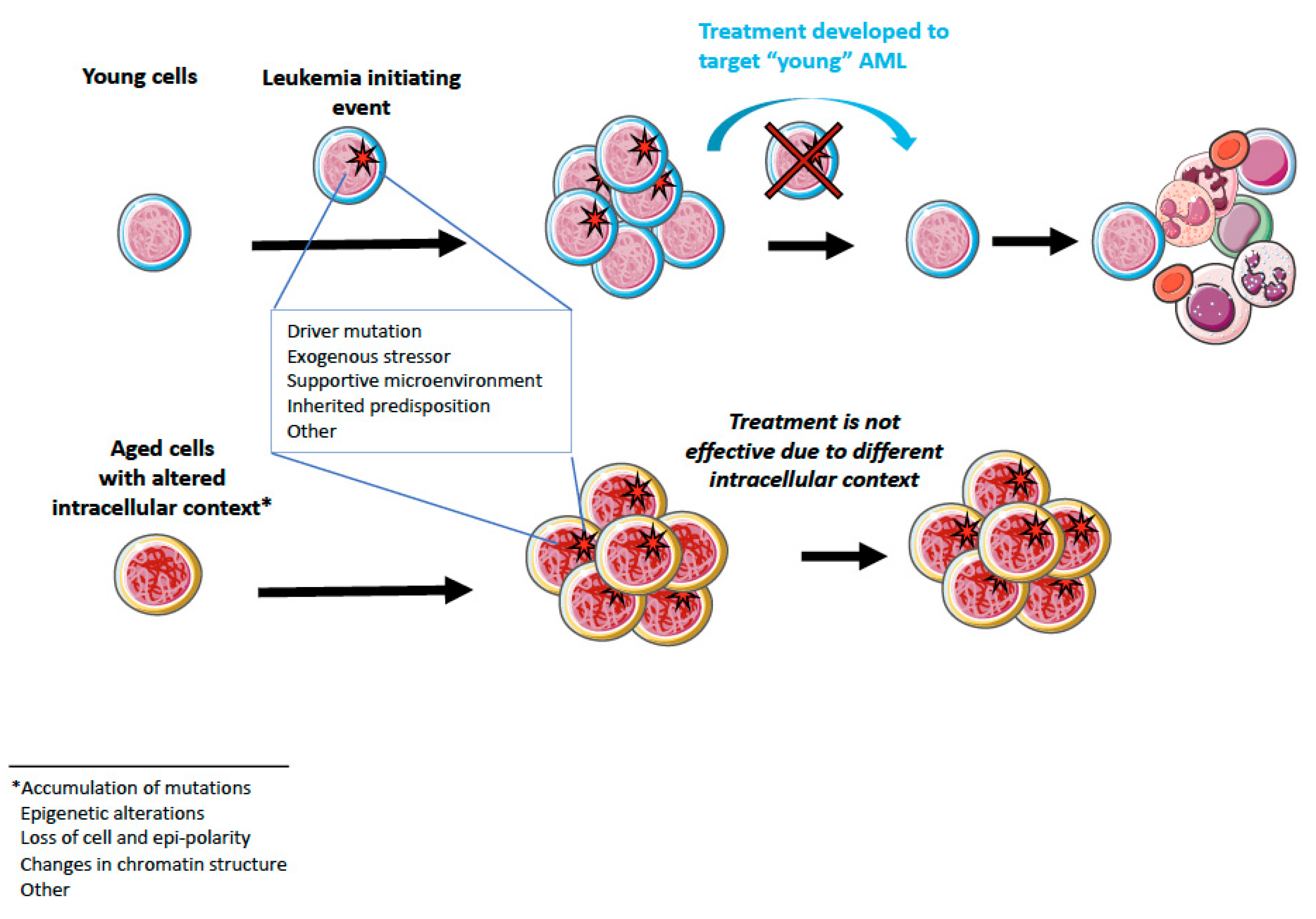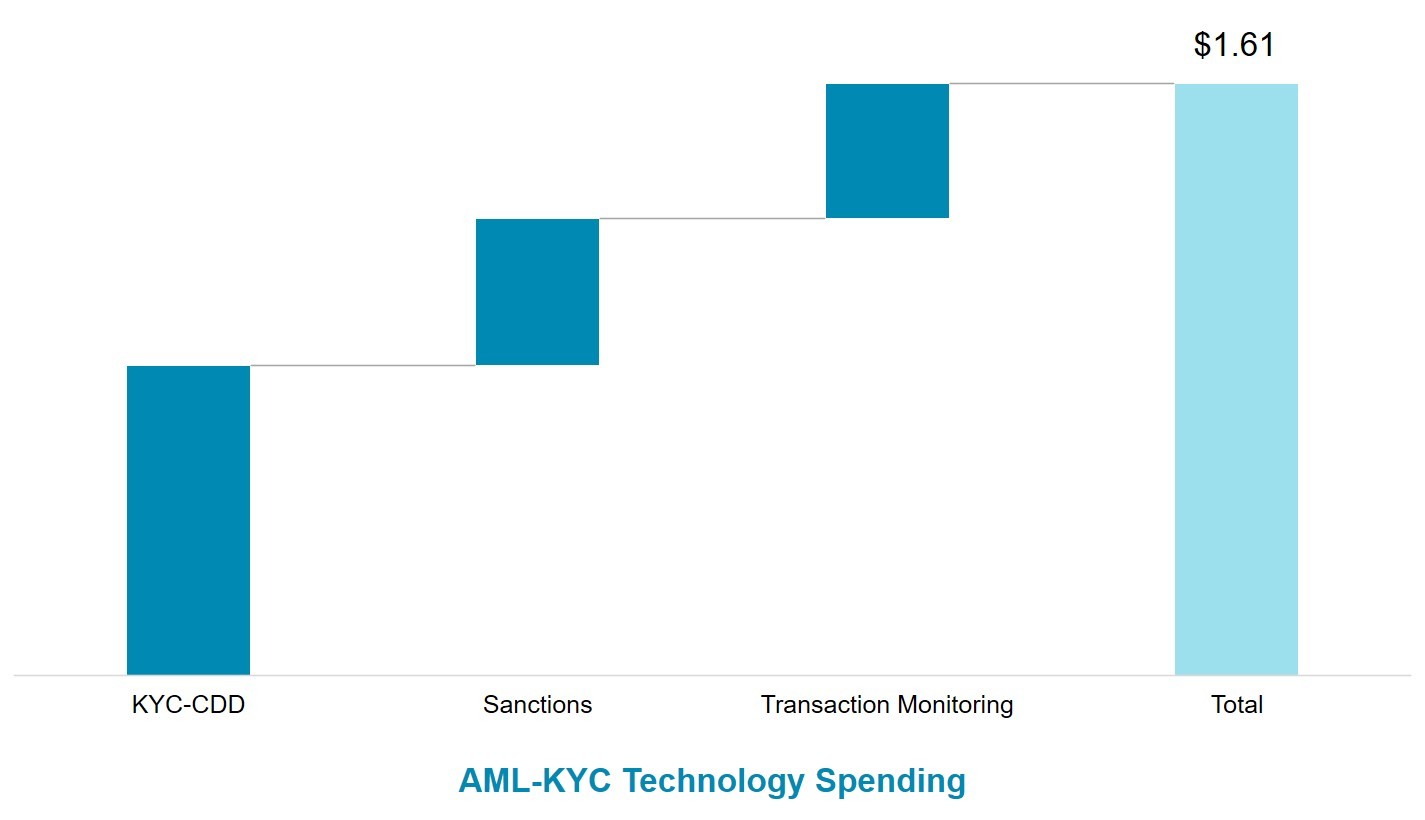- The driver landscape in AML reveals distinct molecular subgroups that reflect discrete paths in the evolution of AML, informing disease classification and prognostic stratification.
- To ensure compliance with standard AML regulations, we require you to submit the following documentation: Proof of Identification: A clear copy of the front and back of your government- issued photo ID, i.e. A valid passport, driver’s licence, or national ID card.
Acute myeloid leukemia (AML) is initiated by driver gene mutations in hematopoietic stem or progenitor cells (HSPC) that give rise to leukemic stem cells (LSC), characterized by extensive self-renewal activity and a limited differentiation capacity that enables their production of large numbers of immature myeloid cells (1–3). The American Cancer Society’s Road to Recovery program can match you up with a volunteer driver. Call 800-227-2345 to see if you’re eligible and to book a ride. Acute myeloid leukemia (AML) manifests as phenotypically and functionally diverse cells, often within the same patient. Intratumor phenotypic and functional heterogeneity have been linked primarily by physical sorting experiments, which assume that functionally distinct subpopulations can be prospectively isolated by surface phenotypes.
BCL-2=B-cell lymphoma 2; CCI=Charlson Comorbidity Index; CR=complete response; ECOG=Eastern Cooperative Oncology Group; FLT=fms-like tyrosine kinase; IDH=isocitrate dehydrogenase.
References:
 1.
1. Li S, Garrett-Bakelman FE, Chung SS, et al. Distinct evolution and dynamics of epigenetic and genetic heterogeneity in acute myeloid leukemia. Nat Med. 2016;22(7):792-799.
2.Banker DE, Groudine M, Norwood T, Appelbaum FR. Measurement of spontaneous and therapeutic agent-induced apoptosis with BCL-2 protein expression in acute myeloid leukemia. Blood. 1997; 89(1):243-255.
3.Papaemmanuil E, Gerstung M, Bullinger L, et al. Genomic classification and prognosis in acute myeloid leukemia. N Engl J Med. 2016;374(23):2209-2221.
4.Plati J, Bucur O, Khosravi-Far R. Apoptotic cell signaling in cancer progression and therapy. Integr Biol (Camb). 2011;3(4):279-296.
5.Ding L, Ley TJ, Larson DE, et al. Clonal evolution in relapsed acute myeloid leukemia revealed by whole-genome sequencing. Nature. 2012;481(7382):506-510.
6.Paguirigan A, Smith J, Meshinchi S, et al. Single-cell genotyping demonstrates complex clonal diversity in acute myeloid leukemia. Sci Transl Med. 2015;7(281):1-18.
7.Vo TT, Ryan J, Carrasco R, et al. Relative mitochondrial priming of myeloblasts and normal HSCs determines chemotherapeutic success in AML. Cell. 2012;151(2):344-355.
8.Hanahan D, Weinberg RA. The hallmarks of cancer. Cell. 2000;100(1):57-70.
9.Lagadinou ED, Sach A, Callahan K, et al. BCL-2 inhibition targets oxidative phosphorylation and selectively eradicates quiescent human leukemia stem cells. Cell Stem Cell. 2013;12(3):329-341.
10.Punnoose EA, Leverson JD, Peale F, et al. Expression profile of BCL-2, BCL-XL, and MCL-1 predicts pharmacological response to the BCL-2 selective antagonist venetoclax in multiple myeloma models. Mol Cancer Ther. 2016;15(5):1132-1144.
11.Chan SM, Thomas D, Corces-Zimmerman MR, et al. Isocitrate dehydrogenase 1 and 2 mutations induce BCL-2 dependence in acute myeloid leukemia. Nat Med. 2015;21(2):178-184.
12.Irish JM, Ånensen N, Hovland R, et al. Flt3 Y591 duplication and Bcl-2 overexpression are detected in acute myeloid leukemia cells with high levels of phosphorylated wild-type p53. Blood. 2007;109(6):2589-2596.
13.Pollyea DA, Jordan CT. Therapeutic targeting of acute myeloid leukemia stem cells. Blood. 2017;129(12):1627-1635.
14.Moujalled DM, Pomillo G, Ghiurau C, et al. Combining BH3-mimetics to target both BCL-2 and MCL1 has potent activity in pre-clinical models of acute myeloid leukemia. [published online ahead of print September 10, 2018]. Leukemia. doi:10.1038/s41375-018-0261-3.
15.Stahl M, Kim TK, Zeidan AM. Update on acute myeloid leukemia stem cells: new discoveries and therapeutic opportunities. World J Stem Cells. 2016;8(10):316-331.
16.Felipe Rico J, Hassane DC, Guzman ML. Acute myelogenous leukemia stem cells: from bench to bedside. Cancer Lett. 2013;338(1):4-9.
17.Perl AE. The role of targeted therapy in the management of patients with AML. Blood Adv. 2017;1(24):2281-2294.
18.Referenced with permission from the NCCN Clinical Practice Guidelines in Oncology (NCCN Guidelines®) for Acute Myeloid Leukemia V3.2018. National Comprehensive Cancer Network, Inc. 2018. All rights reserved. Accessed December 5, 2018. To view the most recent and complete version of the guideline, go online to NCCN.org.
19.National Cancer Institute, Surveillance, Epidemiology, and End Results Program. Cancer stat facts: leukemia—acute myeloid leukemia (AML). https://seer.cancer.gov/statfacts/html/amyl.html. Accessed November 6, 2018.
20.Döhner H, Weisdorf DJ, Bloomfield CD. Acute myeloid leukemia. N Engl J Med. 2015;373(12):1136-1152.
21.Yogarajah M, Stone RM. A concise review of BCL-2 inhibition in acute myeloid leukemia. Expert Rev Hematol. 2018;11(2):145-154.
22.Surveillance, Epidemiology, and End Results (SEER) Program (www.seer.cancer.gov) SEER*Stat Database: SEER 9. Acute Myeloid Leukemia. SEER Survival Rates by Time Since Diagnosis, 2000-2014, by Age. Released November 2018.
23.Miller KD, Siegel RL, Lin CC, et al. Cancer treatment and survivorship statistics, 2016. CA Cancer J Clin. 2016;66(4):271-289.
24.Oken MM, Creech RH, Tormey DC, et al. Toxicity and response criteria of the Eastern Cooperative Oncology Group. Am J Clin Oncol. 1982;5(6):649-655.
25.ECOG-ACRIN Cancer Research Group. ECOG performance status. https://ecog-acrin.org/resources/ecog-performance-status. Accessed October 22, 2018.
26.Klepin HD. Elderly acute myeloid leukemia: assessing risk. Current Hematol Malig Rep. 2015;10(2):118-125.
Aml M5900 Driver Download
27.Charlson ME, Pompei P, Ales KL, MacKenzie CR. A new method of classifying prognostic comorbidity in longitudinal studies: development and validation. J Chronic Dis. 1987;40(5):373-383.
Aml Driver Training
-->The AMLI Debugger supports two types of specialized commands: AMLI Debugger extensions and AMLI Debugger commands.
When you are performing AML debugging, you should carefully distinguish between two different kinds of prompts that will appear in the Debugger Command window:
When you see the kd> prompt, you are controlling the kernel debugger. All the standard kernel debugger commands and extensions are available. In addition, the AMLI Debugger extensions are also available. These extensions have a syntax of !amlicommand. The AMLI Debugger commands are not available in this mode.
When you see the AMLI(? for help)-> prompt, you are controlling the AMLI Debugger. (When you are using WinDbg, this prompt will appear in the top pane of the Debugger Command window, and an Input> prompt will appear in the bottom pane.) From this prompt, you can enter any AMLI Debugger command. You can also enter any AMLI Debugger extension; these extensions should not be prefixed with !amli. The standard kernel debugging commands are not available in this mode.
When you see no prompt at all, the target computer is running.
At the beginning of any debugging session, you should set your AMLI Debugger options with the !amli set extension. The verboseon, traceon, and errbrkon options are also very useful. You should consider activating the spewon option. See the extension reference page for details.
There are several ways for the AMLI Debugger to become active:
If a breakpoint in AML code is encountered, ACPI will break into the AMLI Debugger.
If a serious error or exception occurs within AML code (such as an int 3), ACPI will break into the AMLI Debugger.
If the errbrkon option has been set, any AML error will cause ACPI to break into the AMLI Debugger.
If you want to deliberately break into the AMLI Debugger, use the !amli debugger extension and then the g (Go) command. The next time any AML code is executed by the interpreter, the AMLI Debugger will take over.
When you are at the AMLI Debugger prompt, you can type q to return to the kernel debugger, or type g to resume normal execution.
Aml Driver License
The following extensions are especially useful for AML debugging:

The !amli dns extension displays the ACPI namespace for a particular object, the namespace tree subordinate to that object, or even the entire namespace tree. This command is especially useful in determining what a particular namespace object is -- whether it is a method, a fieldunit, a device, or another type of object.
The !amli find extension takes the name of any namespace object and returns its full path.
The !amli u extension unassembles AML code.
The !amli lc extension displays brief information about all active ACPI contexts.
The !amli r extension displays detailed information about the current context of the interpreter. This is useful when the AMLI Debugger prompt appears after an error is detected.
Breakpoints can be set and controlled within AML code. Use !amli bp to set a breakpoint, !amli bc to clear a breakpoint, !amli bd to disable a breakpoint, !amli be to re-enable a breakpoint, and !amli bl to list all breakpoints.
The AMLI Debugger is able to run, step, and trace through AML code. Use the run, p, and t commands to perform these actions.
For a full list of extensions and commands, see Using AMLI Debugger Extensions and Using AMLI Debugger Commands.

See Also
